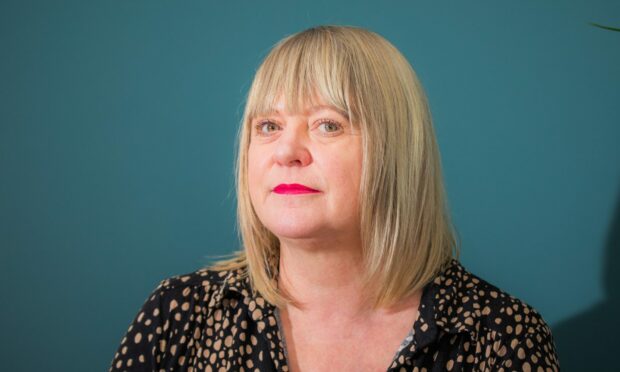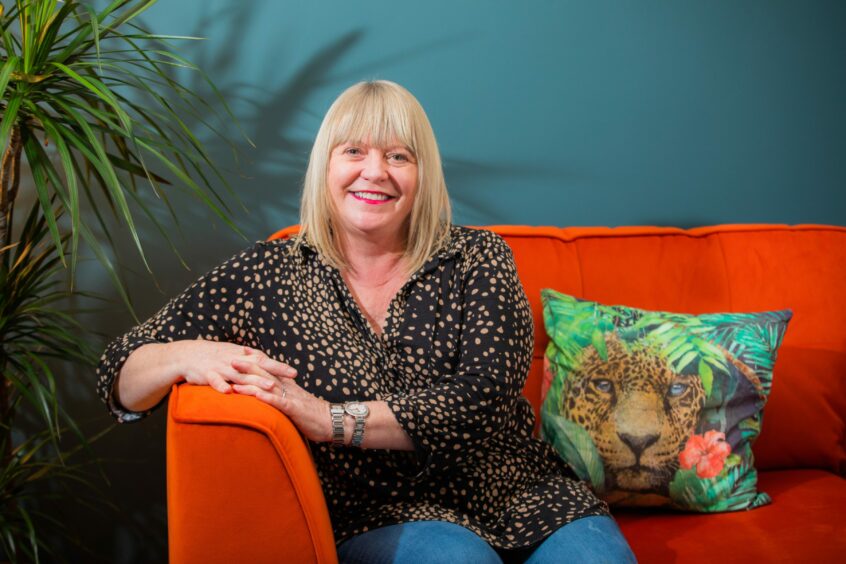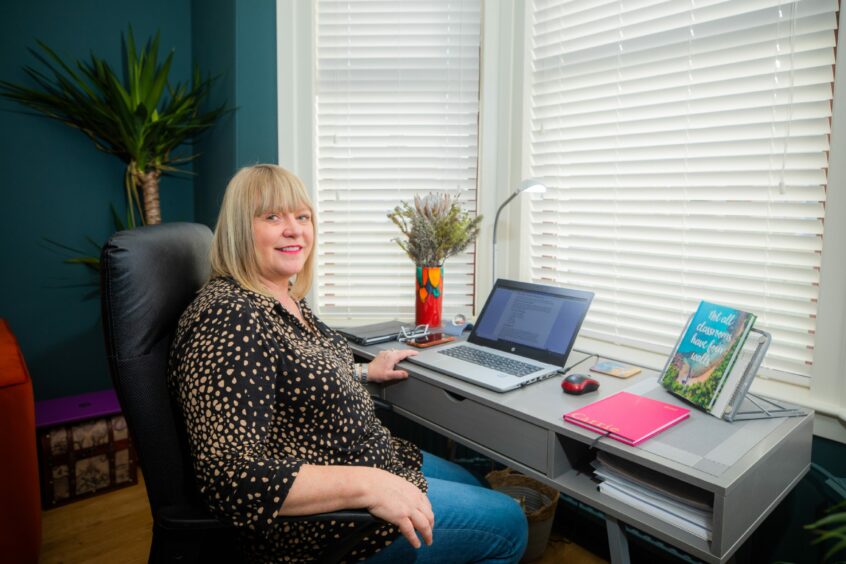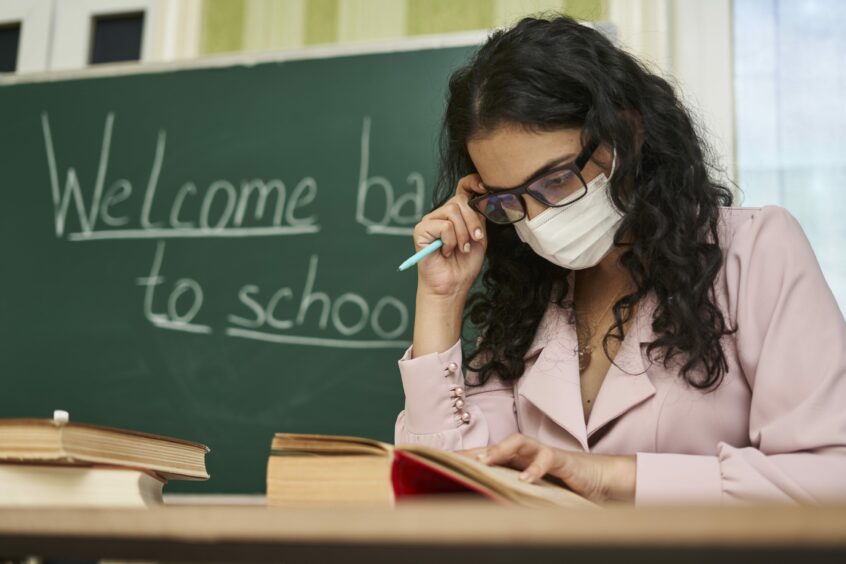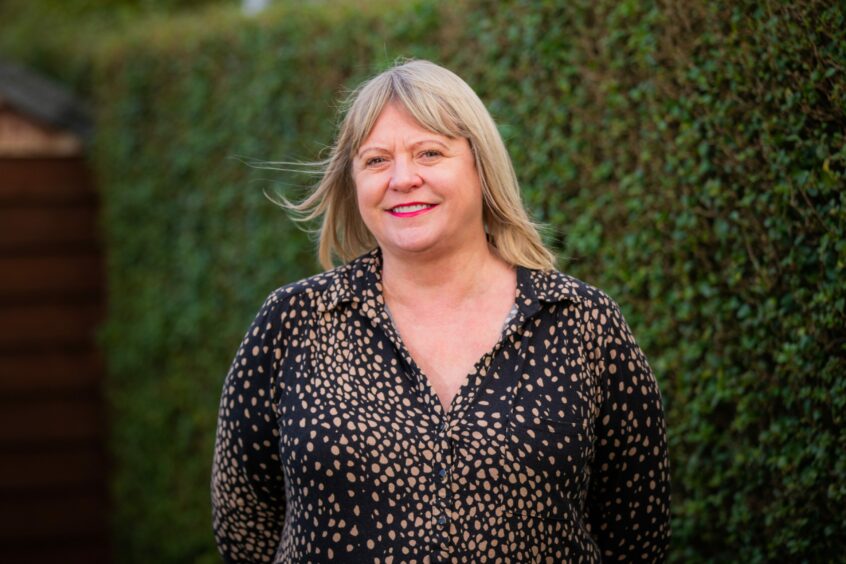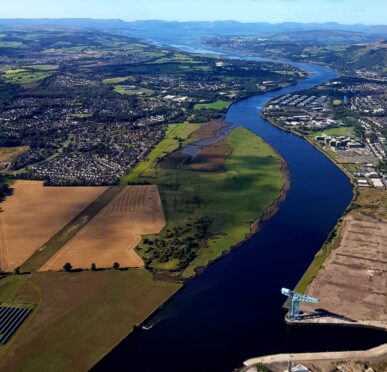We have a responsibility to ensure our children get the best out of their education despite Covid, says the education boss of Fife.
Carrie Lindsay, executive director of education and children’s services for Fife Council, says that is her aim, despite disruptions to education caused by the pandemic.
And as many of us work towards maintaining New Year resolutions, Ms Lindsay has revealed her top priorities for education in Fife for 2022.
In this exclusive interview, we take an in depth look at how these priorities will be delivered at schools in Fife and the challenges which could impact their delivery.
She said: “There are a whole range of things that we know that we can learn from the pandemic and we have a responsibility to make sure that’s the case, both for children and young people in the system now and for future generations.”
And this is how she intends to follow through with that responsibility.
Fife education priorities 2022
Ms Lindsay says the four top priories for education services in relation to pupils in Fife schools this year are:
- Career experiences
- Positive destinations
- Closing the attainment gap
- Health and wellbeing
She said: “For the year ahead we’ve got to take account of the impact of the pandemic but we still are really clear about the priorities that we have for children, young people and our communities in Fife.
“The job of a teacher, a school or an education system is to ensure we’re giving life chances to all of our children – the right pathways, the right routes, the right experiences, the right qualifications, and the right advice to make sure that they have a positive destination.”
Career experiences and positive destinations
Improving career experiences has been high on the agenda for Ms Lindsay since March last year, when a report she wrote showed a drop in school leavers in Fife securing employment compared to the previous year.
Figures showed that as businesses were hit by lockdown, only 13.7% of Fife leavers were employed in 2020, compared to 19.6% the year before.
And as a result Ms Lindsay launched a recovery plan in partnership with employers to tackle training and improving opportunities.
While headway was made on this front, Ms Lindsay says improvements to career experiences for pupils remain a top priority for 2022.
She said: “We’ll be looking at a whole range of opportunities that are available through the employment opportunities we have in Fife.
“And making connections with our local businesses to try and make sure that we’re providing the skills and the experience that our young people need.
“We’re also working with Skills Development Scotland to look at our most vulnerable young people to make sure that we are providing different options, perhaps, to support them into a positive destination.”
Analysis of how support staff within schools work together to provide young people with advice will also form part of this work, including monitoring the impact on particular groups of pupils.
It’s not all about just what education can do in these contexts”
Carrie Lindsay
Ms Lindsay added: “It’s not all about just what education can do in these contexts, it’s about how we work as partners to give these life opportunities to our children and young people.
“It’s a two way process. It’s not a case of us saying ‘We’re doing this and you accept it’.
“It’s about saying ‘What are the skills that are required for the workforce and life at the current time?’ – and that does change.”
Closing the attainment gap
Ms Lindsay’s next priority of closing the attainment gap is also one which continues from previous years, however she says it is now “more important than ever”.
The attainment gap between children from areas of high and low deprivation has widened amid the pandemic, figures on numeracy and literacy results show.
The proportion of school children achieving expected Curriculum for Excellence levels in Scotland decreased in 2020-21 when compared to 2018-19 (data was not collected 2019-20 due to Covid).
And children living in the poorest neighbourhoods experienced the largest drop in attainment, including those at Fife schools where levels fell in every category, as previously reported.
The gap between pupils in the poorest and richest areas of Fife was 22.1% for reading, 22.3% for writing, 17.2% for listening and talking, 23% for numeracy and 23.7% for literacy.
Ms Lindsay said: “There has definitely been an impact from the pandemic, and I suppose nobody would be expecting that not to be the case.
“But now what we are trying to do is to use the data and the expertise of our staff and our schools to look at what are the barriers are that are creating that gap to be slightly wider than it was perhaps in pre-pandemic years.
“We’re moving more towards pre-pandemic levels now, but we weren’t happy with our
pre-pandemic levels so we still want to make sure that we decrease that gap.”
Sophisticated measures look at Curriculum for Excellence and pupils’ characteristics – including poverty, free school meals, and additional support needs – to identify where
the gaps are across Fife and provide targeted support.
Individual schools have been asked to look at their own gap and work to remove the barriers which could stop children from achieving expected levels of learning.
Ms Lindsay added: “Often it will be about poverty, but it’s not always about poverty.
“It might be about some of our young people who’ve not been able to keep up with as much of the learning over the period of the two years of the pandemic because of isolation or lack of access to learning materials that are around.
“Our vision of improving life chances is about making sure that we provide the
opportunities to take away any barriers for learning for our children and young people,
whatever those barriers may be.”
Ms Lindsay added that with the pandemic’s impact on exams and teacher judgement for assessment, national qualifications no longer show a like-for-like comparison between years.
Whereas the attainment gap still provides information clearly and accurately about students with different protected characteristics.
She said: “We use that data across Fife. We compare ourselves to benchmark local authorities, but also national figures.
“And then we give that information to local schools about all the different kinds of protected characteristics and their particular exams and then they can start to drill down and really take a good look at what that gap looks like.”
Health and wellbeing
Health and wellbeing of pupils and staff in schools is a priority not just for Fife Council, but for the Scottish Government too, who announced £1.5 million of funding for mental health support for teachers in 2020.
And an extra £100 million was also ringfenced that same year to help schools with staffing issues, which has since made its way to local authorities.
Ms Lindsay said: “Part of the problem there though, has been that we’ve needed to have a lot of cover for people so that we haven’t necessarily seen the benefits of all the extra staffing that we would have had.
“And now we’ve been trying to make sure that we’ve got wellbeing support there, offering peer support or mentoring.”
She said that has been offered nationally through Education Scotland and regionally through Regional Improvement Collaboratives, and also at local levels.
“It’s about providing the support that’s needed for people, that’s going to be best suited to their needs,” she said.
“We’ve got a health and wellbeing team that look at how they can support staff, how best that they can provide things that might be helpful in a school environment and I think that individual schools are trying really hard.
“We’ve heard of schools who are trying to do wellbeing sessions for their staff and trying to make sure that people keep well.
“Some of that’s about putting things in place to make people feel that if they’re not managing to do X, Y and Z, that’s OK for this week. Let’s try and do that next week.
“Everybody who’s in a school environment or working in education is in need of an understanding that this is a very difficult and challenging time.”
What are the challenges moving forward?
Ms Lindsay says the “persistent problem” at the moment, and throughout the pandemic, is staff and pupil school absences due to Covid.
Thousands of pupils miss school every week through illness or self isolation, with the most recent figures showing 488 pupils in Fife had Covid-19 and a further 1,349 were absent from school due to self isolation on January 11.
She said: “When there are significant absences, that’s always a challenge for the children and young people.
“It breaks up their social group times and creates tension when they come back into school. Sometimes it breaks up their learning rhythm and it breaks up what the class groups have been doing because some children have done it.
“There’s a whole plethora of different things that happen when you have a myriad of staff and pupil absence, and I think that our teachers and our school support staff have worked incredibly hard to try to make sure that we are giving all of our children the best
possible chance.
“But certainly those absences are the things that are going to create more problems for
us going forward and we’ve seen our staff absolutely step up and beyond, over the last few weeks.”
She added that every school has a contingency plan, but those plans cannot predict who will be absent when, so flexibility is key moving forward.
“The overriding principles are about how we keep people safe,” Ms Lindsay said.
“How we follow the guidance within the pandemic to make sure that we are following what the Scottish Government are asking us and that we’re keeping staff, children and families safe.
“We need to make sure that we’re keeping people learning because our children and young people only get one chance at this stage in their education.
“They’re never going to be in primary one again, or primary six again, and so it’s really important for us to keep that at the forefront – how important that part of their development is going forward.”
Anyone with any further questions is directed to contact their school for information.
